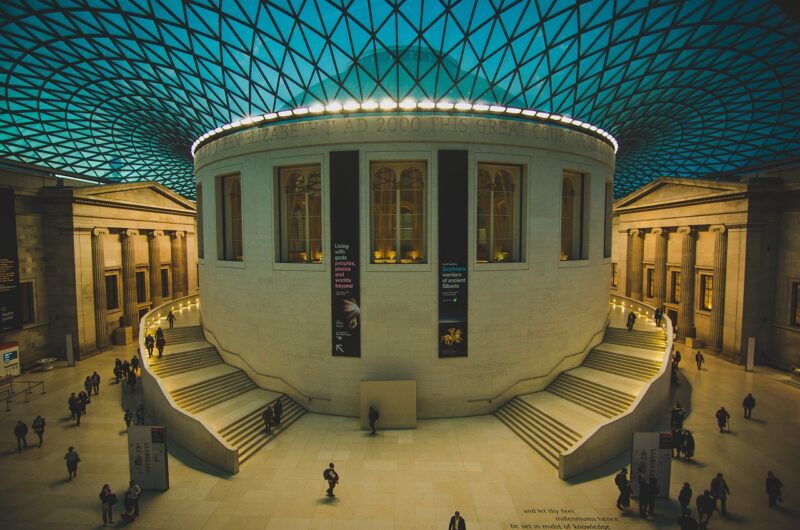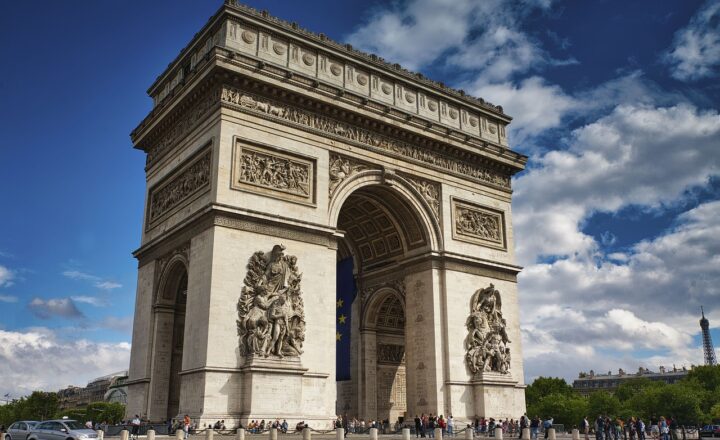The Great Fire of London: How a Catastrophe Shaped Modern Architecture
November 14, 2024

The Great Fire of London in 1666 was one of the most significant events in English history. It not only destroyed large parts of the city but also played a crucial role in defining modern architecture and urban planning. This calamity, ignited in a small bakery on Pudding Lane, quickly spread through the tightly packed wooden structures of London, resulting in unparalleled devastation. This article explores the fire’s origins, its impact on architecture, and the enduring lessons it imparted on city planning and construction.
The Causes of the Great Fire
The fire started in the early hours of September 2, 1666, in a bakery owned by Thomas Farriner. Due to several contributing factors, this small incident spiraled into an inferno:
- Dry Conditions: A hot, dry summer had left London’s wooden structures in a vulnerable state, making them highly flammable.
- Tightly Packed Houses: The homes of London were built closely together, which allowed the flames to leap from one building to another with alarming speed.
- Firefighting Limitations: The firefighting technology and methods at the time were primitive. The absence of organized fire brigades made it difficult to contain the blaze effectively.
As the fire raged on, it consumed thousands of homes, numerous churches, and iconic landmarks, including St. Paul’s Cathedral. By the time the fire was extinguished on September 6, it had destroyed approximately 13,200 houses, 87 parish churches, and left around 70,000 of the city’s 80,000 inhabitants homeless.
Architectural Innovations Post-Fire
The catastrophic fire sparked a great opportunity for architectural and urban reform. Key figures, including Sir Christopher Wren, emerged during this period of recovery to redefine the architectural landscape of London:
- Use of Brick and Stone: One of the major changes was the shift from wooden to brick and stone construction. This transition significantly reduced the fire risk in future developments.
- Wider Streets: Urban planners took the opportunity to design wider streets, minimizing the risk of future fires spreading as quickly as they had in the past.
- The Development of St. Paul’s Cathedral: Perhaps the most famous architectural achievement of this period was the reconstruction of St. Paul’s Cathedral, designed by Sir Christopher Wren. Its grand design became a symbol of the rebirth of London after the fire.
Wren’s work marked the beginning of a new architectural era in London, emphasizing classical styles and the use of robust materials that would define the city’s skyline for centuries to come.
Urban Planning and Regulations
One of the most consequential impacts of the Great Fire was the evolution of urban planning strategies and safety regulations:
- Building Regulations: In the wake of the fire, stringent building codes were established. These regulations mandated the use of fire-resistant materials and detailed government oversight in building designs and plots.
- Zoning Laws: The fire prompted the development of zoning laws that designated specific areas for different types of buildings, thereby reducing risks in densely populated districts.
- Public Spaces: The reconstruction plan included the creation of public squares and parks, providing communal areas that improved the quality of life in the city while also serving as safety measures against fire spread.
These planning innovations significantly shaped modern cities around the world, encouraging safer, more organized, and aesthetically pleasing urban environments.
Legacy of the Great Fire in Modern Architecture
The influence of the Great Fire of London is still apparent in contemporary architectural design and urban planning principles. The following aspects highlight this legacy:
- Fire Safety Measures: Modern buildings incorporate advanced fire safety elements, including fire-resistant materials, sprinkler systems, and smoke evacuation strategies, all stemming from lessons learned post-fire.
- Architectural Diversity: The era after the fire set the groundwork for a diverse architectural landscape, inspiring subsequent movements such as Georgian, Victorian, and Edwardian architecture, all of which exhibit different styles and uses of materials.
- Resilience in Urban Design: Today’s cities consider resilience against natural disasters and highlight sustainable building practices. The Great Fire served as a reminder of the fragility of urban settlements and the necessity of adaptive design strategies.
As cities cope with modern challenges, from climate change to growing populations, the principles shaped by the Great Fire continue to guide architects, planners, and policymakers.
Conclusion
The Great Fire of London was indeed a disaster. Still, the lessons learned from its aftermath resulted in essential changes that shaped the trajectory of modern architecture and urban planning. As we walk through the streets of London today, we see the fingerprints of that defining moment—a city that rose from the ashes, adorned with resilient structures and carefully planned spaces that serve its diverse population. The fire not only transformed London’s built environment but also instilled awareness about safety and design that resonates in urban planning across the globe.
As we reflect on the Great Fire, we are reminded of the fine line between catastrophe and opportunity—the potential for renewal that lies in the rubble and ash.








